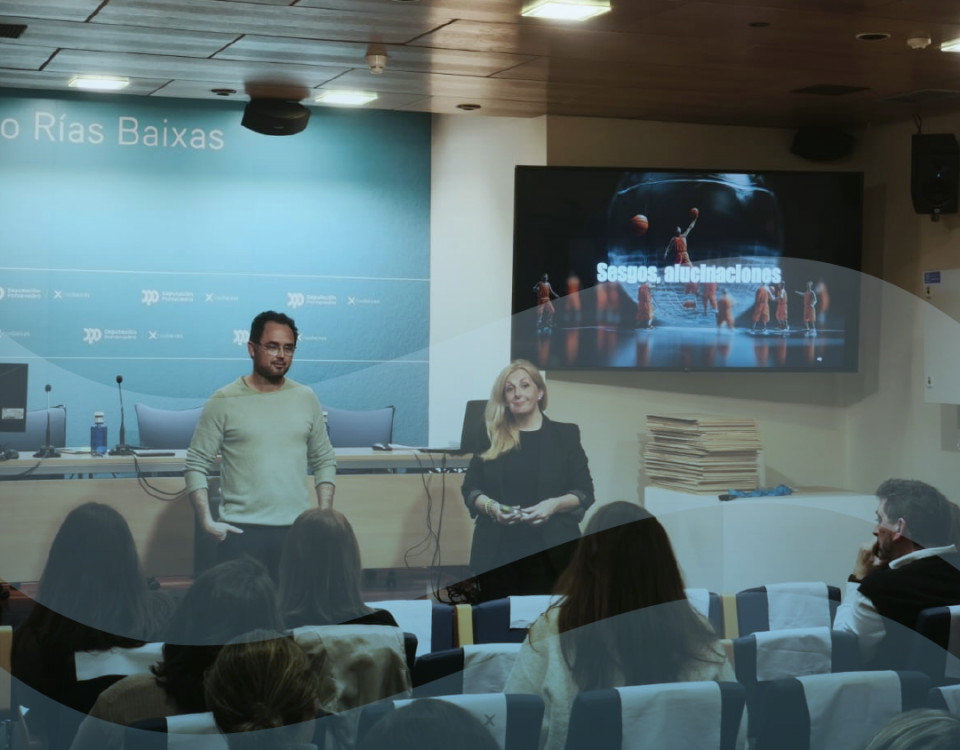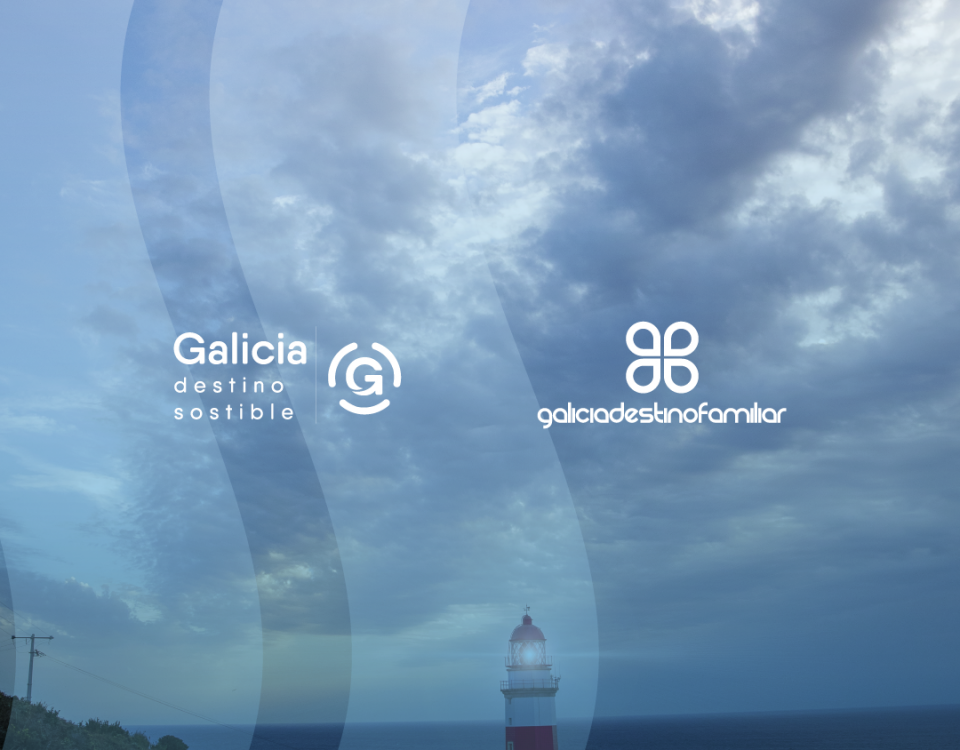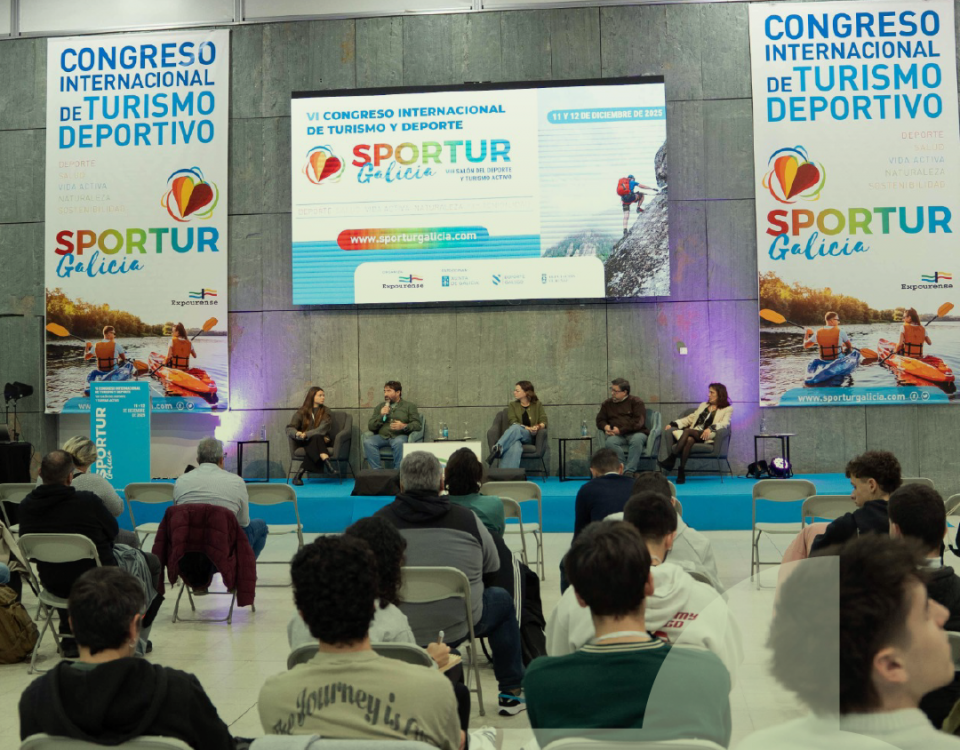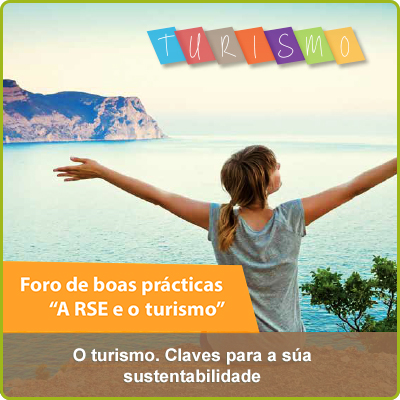- El mejor turismo de galicia
The Ribeiro Wine Route presented its plan to promote the territory as a quality wine tourism destination
The Ribeiro Wine Route presented its plan to promote the territory as a quality wine tourism destination
About 100 thousand people visited the territory in ten years, between 2008/2018, although the annual flow of wine tourists reached 13 thousand in 2018.
The wine tourism strategy of the Ribeiro Wine Route will be developed, in a first phase 2020/21, and will cover four fundamental pillars: cooperation, growth, promotion and infrastructures.
With the aim of dynamizing the territory covered by the Ribeiro Wine Route in terms of wine tourism and promoting it as a quality wine tourism destination, the route presented a study which can be found in the “Socioeconomic and strategic document of the Ribeiro Denomination of Origin” drawn up by a team of twelve experts from the three Galician universities. The work, financed by the Provincial Council of Ourense, had a budget of 41,500 euros and was led by María del Mar Pérez Fra, PhD in Economics from the University of Santiago de Compostela and lecturer in the Department of Applied Economics at the same university.
According to the work, the strategy for promoting the Ribeiro as an enotourist destination should revolve around the Ribeiro Wine Route Association with four main axes: the consolidation of the enotourist product; an increase in the number of members of the Route and its resources; an improvement in the promotion and commercialisation of the product and the cooperation with other agents, institutional or otherwise. The work also analyses the strengths of this territory, which presents optimal conditions for the development of a quality enotourist product, as it has a strong territorial identity built around wine, which is rich in both heritage and thermal resources.
The report also stresses that wine tourism is an activity in constant growth in Spain, where the income generated by visits to wineries and museums is continuously increasing. In the case of the Ribeiro, in the period 2008/2018, nearly 100,000 people passed through the territory, specifically 97,361 people, with marked rates of increase from 2012 onwards, reaching the best figure in 2018, when the number of visitors reached 13,343.
The analysis carried out shows that Ribeiro complies with one of the pillars on which wine tourism is based; the wine culture must be the central axis of the tourist offer but this axis must transcend the productive activity to be the element that gives meaning to other services such as gastronomy, heritage, history and traditions that allow the construction of a complete and attractive tourist product. The study also highlights as strengths to have the association of the Wine Route itself and the oldest wine appellation in Galicia, and one of the first in Spain, which make the wine act as a tourist attraction of the first order.
A strategy to promote the Ribeiro as a quality wine tourism destination.
With the report on the table, the president of the Ribeiro Wine Route, Juan Casares, pointed out that “the study ratifies the work being carried out over the last two years on the Ribeiro Wine Route; an action based on cooperation with other entities, attracting members and funding and a range of promotional activities for the territory”.
In this sense, Casares announced that the Ribeiro Wine Route’s wine tourism strategy will be developed, in a first phase 2020/21, and will cover four fundamental pillars: cooperation, growth, promotion and infrastructures.
The main initiative underway, which will be boosted by this study, is the registration and development of the wine tourism brand “O Camiño do vino. Ruta do Viño do Ribeiro” by means of “strong support for the declaration of the Ribeiro Miñoto Way as an official pilgrimage route and the promotion of the Arrieiros Way as a path for walking and leisure time”. “Around this brand we will continue to pivot all our actions to promote the territory and its resources. Together with the organization of promotional missions for journalists and blogguers, this year our challenge is to bring tour operator agencies to know and value our potential so that they can insert the Ribeiro within their destinations. At the same time, we will develop a campaign to promote Ribeiro wine tourism centred on three Galician cities that are historically very closely linked to the region: Ourense, Vigo and Santiago”.









